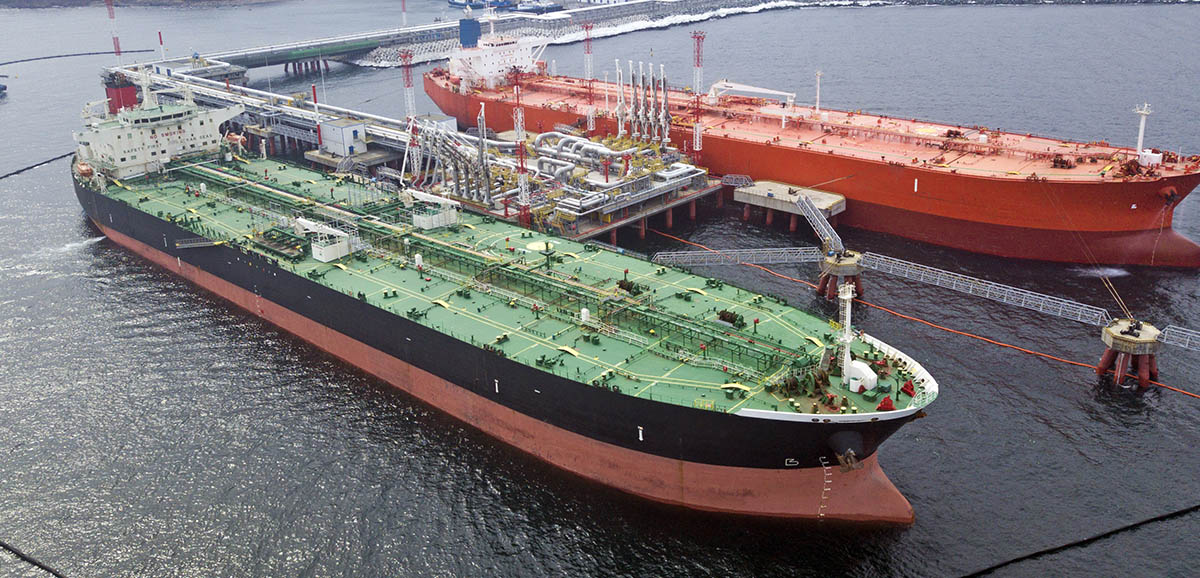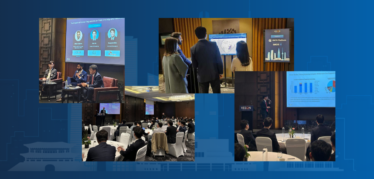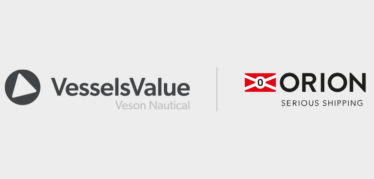We recently posted a blog that explored the unique responsibilities, objectives, and measures of success of various maritime stakeholders, which you can read here. Our first post explored the needs of charterers, operators, and financial professionals. While vital to the maritime shipping ecosystem, these constituencies only represent one side of the maritime contract. The other contract counterparty is the tonnage charterer, who seeks to move bulk commodities and relies heavily on oceanic transport in order to do so.
Instead of driving profit through the marine modality, tonnage charterers are focused on minimizing costs for marine shipments and maintaining visibility and control of their cargo as it moves across the ocean. It makes sense, therefore, that key stakeholders among tonnage charterers have an entirely different set of objectives.
In this blog post, we will examine four key functions on the tonnage charterer side of the contract: production planners, marine logistics professionals, berth operators, and VPs of supply chain. While each of these roles is quite diverse, all are integral to the success of the marine supply chain and its relationship to the needs of the commodity producer’s business. Let’s get started.
Business/Production Planners
Instead of focusing solely on the marine modality, production planners are instead focused on satisfying the evolving needs of the business. Typically concentrated on a specific product line or commodity, production planners continuously monitor supply and demand and use that knowledge to specify business inputs and outputs, which are often transported via ocean. The success of this function relies heavily on the ability to efficiently and effectively communicate business needs to the marine logistics function, and properly consider the cost of marine transport. Without a digital solution, this is done primarily via email—which is both unstructured and inefficient. This role remains involved as cargo journeys across the ocean to ensure that business requirements are met.
Key Success Factors:
- Communicate with stakeholders in a timely and efficient manner through a centralized workbench and standardized forms
- Gain insight into ETAs and other factors that impact marine shipments in order to remain aligned and ensure key business requirements are met
- Maintain visibility and control, independent of manual updates from the marine planning function
- Efficiently push and pull critical information to and from Transportation Management Systems, CTRMs, and ETRMs to ensure data accuracy and continuity
Marine Logistics Professionals
Unlike production planners, marine logistics professionals are wholly focused on the marine modality. This integral role takes the needs specified by the production planner and nominates an appropriate vessel to move cargo via owned/managed tonnage, existing freight contracts, or spot availability. This role is also predominantly executed through email, often among a myriad of counterparties. In fact, it is not uncommon that hundreds of emails are involved in negotiating and securing a single nomination. The marine logistics function is also tasked with overseeing voyage operations to manage internal expectations, control costs, and ensure cargo reaches its end destination.
Key Success Factors:
- Communicate with stakeholders in a timely and efficient manner through a centralized workbench and standardized forms
- Accurately consider the cost of marine transportation in decisions about a specific product line or commodity’s inputs and outputs
- Dynamically evaluate and compare potential nominations to accelerate workflows and improve decision-making
- Maintain visibility throughout the voyage, with up-to-date information on ETAs, weather, and other events that might affect costs or timelines
- Centrally manage complex marine contracts to ensure proper execution and control costs
- Keep internal constituents informed at all times to eliminate time consuming communications and maximize transparency
Berth Schedulers & Operators
Managing tight timelines amid a myriad of factors that are out of their control is a primary challenge for berth schedulers and operators. Focused on streamlining and optimizing activities at the berth, jetty, or dock, this function is vital to the marine supply chain. In order to maximize success, this function must have complete visibility into current and planned activities, as well as the ability to rapidly optimize schedules and adapt to unforeseen events in order to keep both down time and demurrage to a minimum.
Key Success Factors:
- Schedule vessels and cargo efficiently and effectively in line with berth, jetty, or dock availability
- Generate optimized schedules quickly, while minimizing manual effort
- Understand the downstream impact of every scheduling decision
- Visualize and manage current and planned berth and port activities at all times
- Efficiently communicate and coordinate with a wide variety of stakeholders
VP of Supply Chain/Logistics
For VPs of supply chain/logistics, the marine modality is one link in the global supply chain. These leaders are focused on continually finding new ways to enhance efficiency, improve agility, and control costs across all modalities. Unfortunately, in many organizations, poor visibility into the seaborne supply chain remains a key impediment to success. With the right solution, supply chain and logistics leaders can achieve the visibility and data needed to build a comprehensive strategy to optimize their oceanic supply chain.
Key Success Factors:
- Improve visibility and control over the marine modality, which has historically been the most elusive link in the supply chain
- Empower stakeholders throughout the marine supply chain with the information and tools they need to work more efficiently and effectively
- Establish seamless integration across systems, including ERPs, accounting systems, ETRMs, CTRMs, and business intelligence tools, to establish a single source of the truth
- Gain insight into marine supply chain KPIs and run meaningful reports to analyze costs and performance over product lines
- Isolate and assess the impact of major strategic initiatives on overall supply chain effectiveness
Whether you are a production planner not directly focused on the marine supply chain, a marine logistics expert engaged in complex nominations, a berth operator in the throes of day-to-day processes, or a logistics leader focused on cost reduction and optimization, the many nuances of the marine modality require a specialized solution.
As the world’s leading platform for global marine logistics, the Veson IMOS Platform (VIP) empowers logistics professionals across functional roles with the data and tools they need to accelerate workflows and make better decisions. VIP pairs proven business logic that runs the world’s largest marine supply chains with an agile, cloud-based architecture that supports the global accessibility, advanced data sharing, and seamless integration required by today’s increasingly connected marine ecosystem. Focused on enabling a more efficient, data-driven marine supply chain, Veson Nautical serves as a dedicated partner to key stakeholders on both sides of the marine contract—providing the implementation and change management expertise needed to maximize ROI.



 Jesse Dilanni
Jesse Dilanni
 Hongbeom Park
Hongbeom Park
 Sam Chambers
Sam Chambers